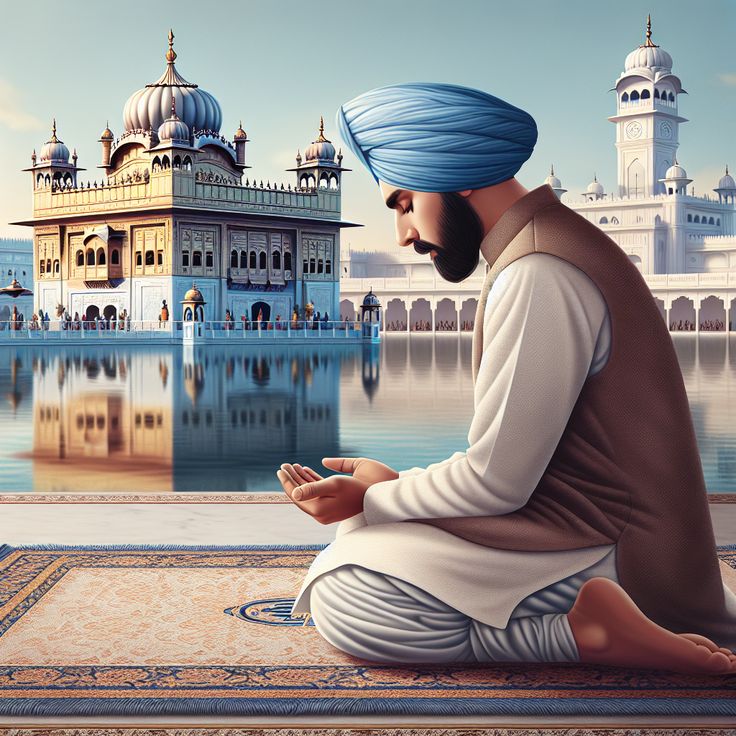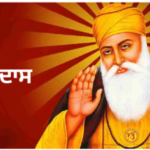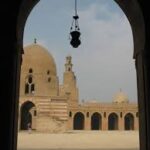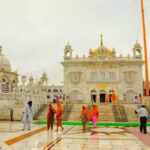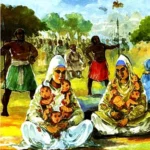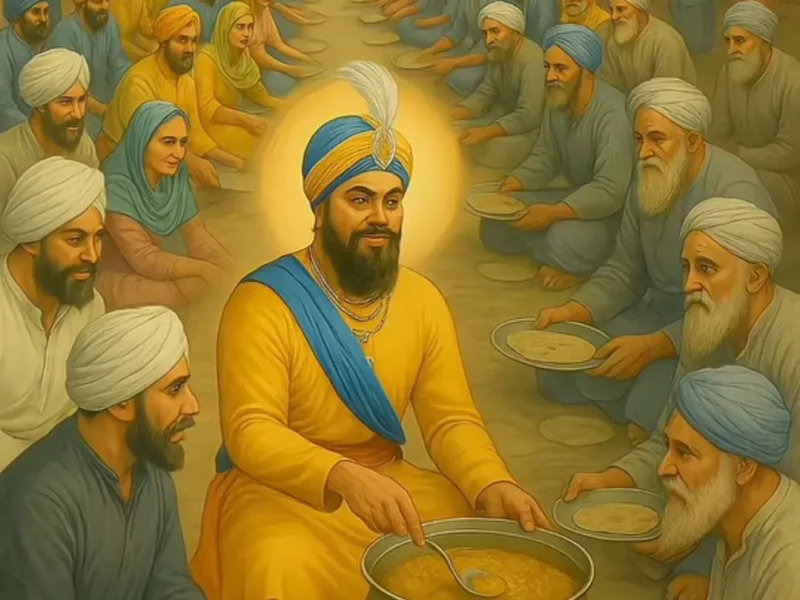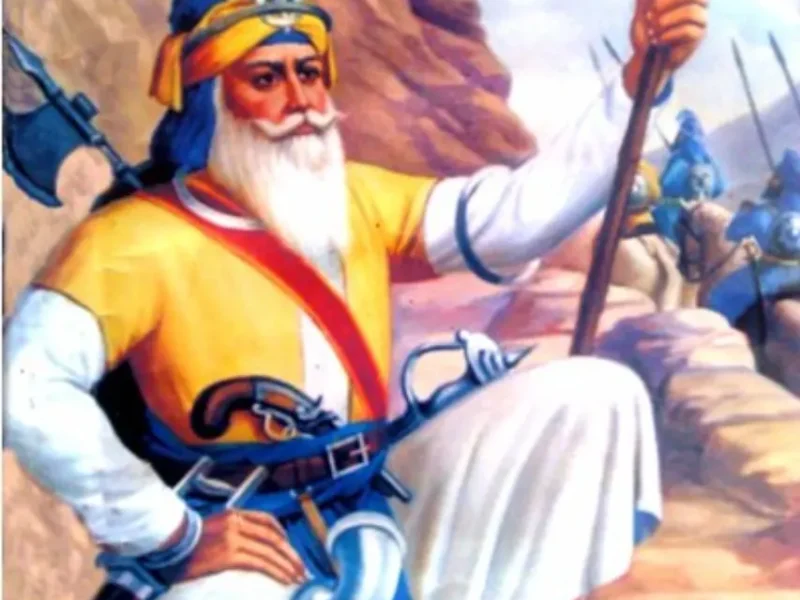Ardaas holds a central place in the daily life of a Sikh, recited after morning and evening Nitnem prayers and during significant occasions. It begins with “੩੩ Waheguru Ji Ki Fateh, Shri Bhagauti Ji Sahai” and concludes with “Nanak Naam Chardi Kala, Tere Bhaane Sarbat Da Bhala,” followed by the triumphant “Sat Sri Akal” jaikara—a call that historically marked the start of Ardaas.
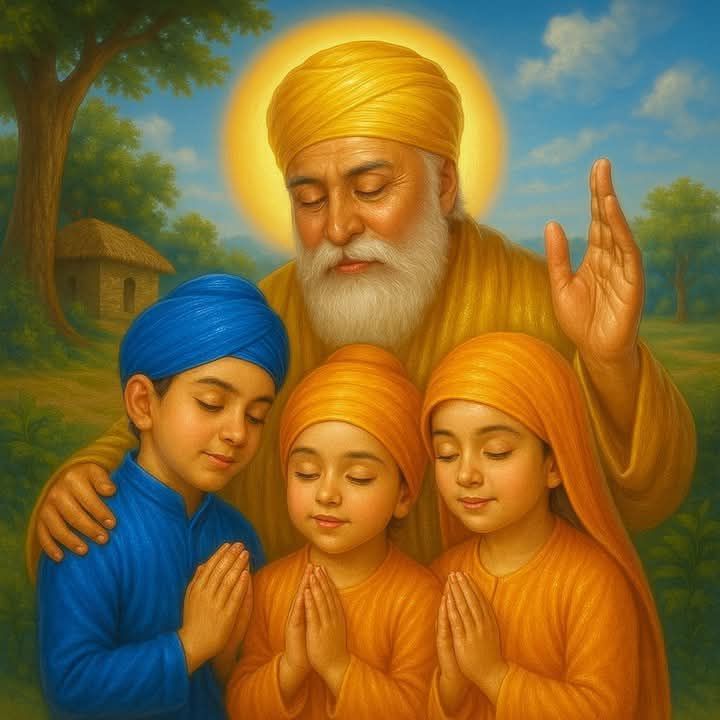
In its earliest form, during the time of Guru Gobind Singh Ji, the Ardaas was brief, consisting only of the opening invocation to Shri Bhagauti Ji Sahai. However, as Sikh history unfolded with immense sacrifice, the Ardaas evolved to honor the bloodshed and martyrdom of the Khalsa. During the era of the Sikh Misls, countless Singhs and Singhnis embraced martyrdom—some even being torn apart on spinning wheels—yet they remained unbroken in faith. To preserve their legacy, an unknown Sikh poetically wove these sacrifices into the Ardaas, expanding it beyond its original lines. This powerful addition beautifully encapsulates 500 years of Sikh struggle and resilience.
By 1932, a draft of the Sikh Rehat Maryada (code of conduct) was presented, which included a formalized version of the Ardaas. After years of deliberation, the Sikh Panth unanimously accepted it in 1945 as an official Panthic document. Following the Partition of 1947, when sacred sites like Sri Nankana Sahib and other historic Gurdwaras were lost to Pakistan, a final plea was added: “O Akal Purakh, grant the Khalsa the divine gift of open darshan, vision, and service of these holy shrines from which the Panth has been separated.”
Today, the Ardaas stands as a living testament to Sikh history—a vast ocean of sacrifice and faith condensed into a prayer. It connects the present with the past, seeks blessings for all humanity, and inspires Chardi Kala (eternal optimism) through the divine will of Waheguru. Sat Sri Akal.
